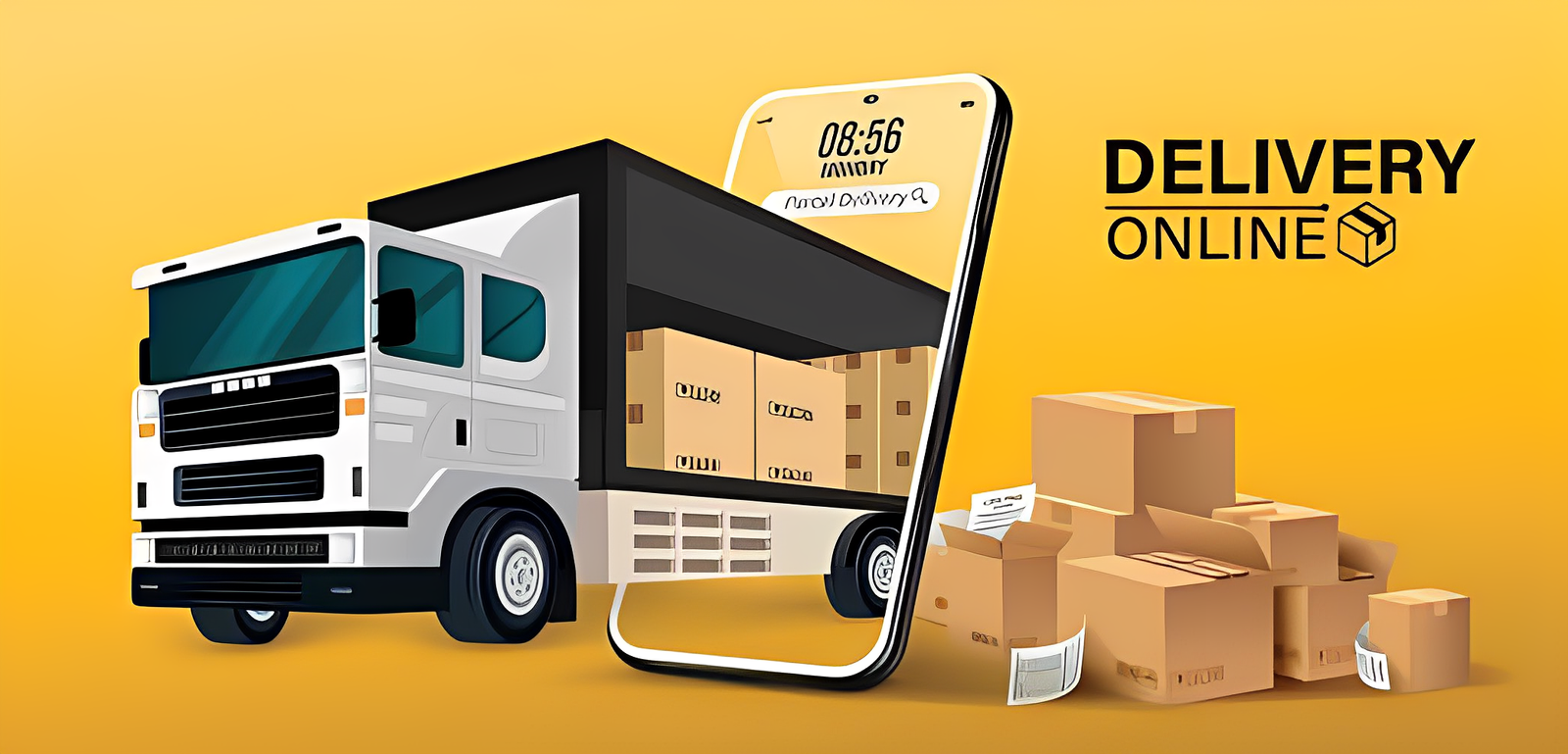How On-Demand Delivery Apps Are Changing the UK Market?

Remember when getting food delivered in the UK meant waiting an hour for a pizza from the local takeaway? Those days are long gone. Now, with a few taps on an app, you can have everything from a gourmet meal to last-minute groceries and even medicine delivered to your doorstep in minutes.
On-demand delivery apps have revolutionised the UK market, reshaping industries, changing consumer habits, and creating thousands of flexible job opportunities. But how exactly have these apps transformed the landscape?
Let’s break it down.
1. The Boom of On-Demand Delivery in the UK
From Niche to Mainstream
A decade ago, delivery services were limited to takeaway food, with only a handful of options like Just Eat (founded in 2001) dominating the market. Fast forward to today, and on-demand delivery apps are everywhere, covering:
🚗 Food & Drinks – Deliveroo, Uber Eats, Just Eat
🛒 Groceries – Gorillas, Getir, Zapp, Ocado
📦 Retail & Essentials – Amazon Fresh, Argos, Boots
💊 Pharmacy & Healthcare – LloydsDirect, Phlo
Post-Pandemic Acceleration
The COVID-19 pandemic gave the delivery sector a huge boost, as lockdowns pushed consumers to rely on home deliveries more than ever. Even after restrictions lifted, habits stuck—today, people expect speed and convenience in every purchase.
💡 Fun Fact: The UK food delivery market alone was worth £14.6 billion in 2023—more than double its 2015 value!
2. Impact on Consumer Behaviour
Speed & Convenience as the New Standard
The rise of ultra-fast grocery delivery services (Getir, Gorillas) means 15-minute deliveries are no longer a luxury—they’re expected. This shift has:
✔️ Made last-minute shopping easier
✔️ Reduced the need for big weekly grocery trips
✔️ Increased spending on impulse purchases
More Choices, Less Loyalty
With multiple apps competing for attention, customers are:
📱 Jumping between platforms for better deals
💰 Taking advantage of discounts & free delivery offers
🔄 Expecting seamless experiences—quick checkout, real-time tracking, and accurate ETAs
3. The Gig Economy & Job Market Shake-Up
A New Kind of Work: Flexibility Over Stability
On-demand apps have created thousands of gig jobs, allowing workers to:
✅ Set their own schedules
✅ Earn based on deliveries, not fixed hours
✅ Use personal vehicles for extra income
However, the gig economy also brings challenges:
- No guaranteed income – Earnings fluctuate based on demand
- Lack of employment benefits – No sick pay, pension, or job security
- Regulatory scrutiny – UK courts are debating whether gig workers should have employee rights
💡 Did You Know? In 2021, the UK Supreme Court ruled that Uber drivers must be treated as workers, not self-employed contractors—a decision that could impact delivery drivers too!
4. The Rise of Quick Commerce (Q-Commerce)
What Is Q-Commerce?
Q-commerce, or quick commerce, refers to ultra-fast, small-basket deliveries. Unlike traditional grocery deliveries, Q-commerce:
🛵 Promises delivery within 10-30 minutes
🏪 Focuses on local dark stores (micro-warehouses) instead of big supermarkets
📦 Delivers small, high-demand items (snacks, drinks, personal care)
Key Players in the UK’s Q-Commerce Scene
- Getir & Gorillas – Offering 15-minute grocery deliveries
- Zapp – Focused on late-night essentials & premium products
- Uber Eats & Deliveroo Hop – Partnering with retailers like Tesco & Co-op for faster grocery delivery
While exciting, many Q-commerce startups are struggling with profitability, leading to mergers, buyouts, and price increases.
5. The Competitive Landscape: Who’s Winning?
The Big Three in Food Delivery
🥇 Just Eat – The UK’s largest food delivery app, known for partnering with chains like McDonald's & Greggs
🥈 Deliveroo – Focused on high-end restaurant deliveries with premium subscriptions (Deliveroo Plus)
🥉 Uber Eats – Leveraging Uber’s ride-hailing network for quick expansion
🚀 Who’s leading in groceries?
Tesco, Sainsbury’s, and Co-op are partnering with delivery apps instead of launching their own services. Meanwhile, Amazon Fresh is growing fast, challenging traditional supermarkets.
6. The Future of On-Demand Delivery in the UK
What’s Next?
🔮 Drone & Robot Deliveries – Starship Technologies is already testing robot couriers in Milton Keynes
🛵 Sustainable Delivery – More bike couriers, electric scooters & carbon-neutral options
💰 Subscription Models – More users are opting for Just Eat’s & Deliveroo’s monthly free-delivery plans
⚖️ Stronger Worker Protections – Expect new laws to improve gig workers' rights
Conclusion
On-demand delivery apps have completely reshaped the UK market, offering unmatched convenience, rapid delivery speeds, and new job opportunities. Whether it’s food, groceries, or retail shopping, these apps have become a core part of modern life.
But as the industry matures, challenges remain—profitability, gig worker rights, and sustainability will shape the next phase of the delivery revolution. One thing’s for sure: the UK isn’t slowing down on its love for fast, app-based deliveries!
🚀 The question is—what will be delivered next?
FAQs
1. What’s the most popular food delivery app in the UK?
Just Eat remains the UK’s largest food delivery platform, followed by Deliveroo and Uber Eats.
2. Are grocery delivery apps profitable?
Many quick-commerce startups struggle with high costs, leading to mergers and price hikes.
3. How much do delivery drivers earn in the UK?
Earnings vary, but most gig drivers make between £10-£15 per hour before expenses.
4. What is the biggest challenge for delivery apps?
Balancing profitability, speed, and worker rights while staying competitive.
5. Will drone deliveries become normal in the UK?
It’s possible! Trials are already happening, but widespread adoption may take a few years.





